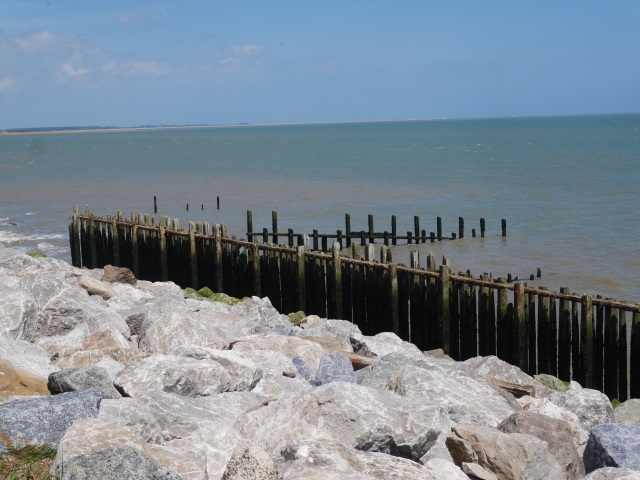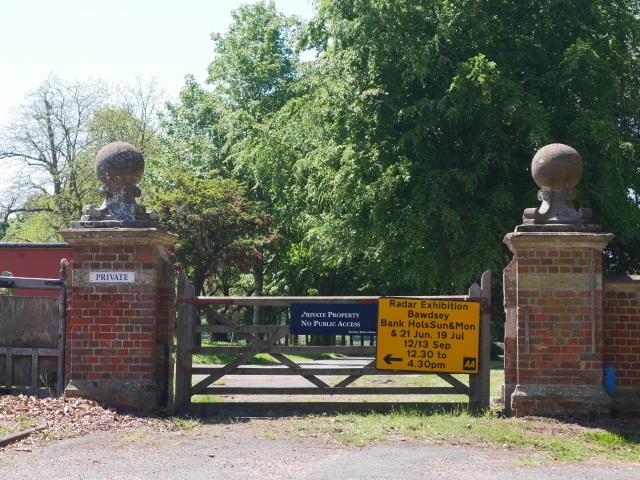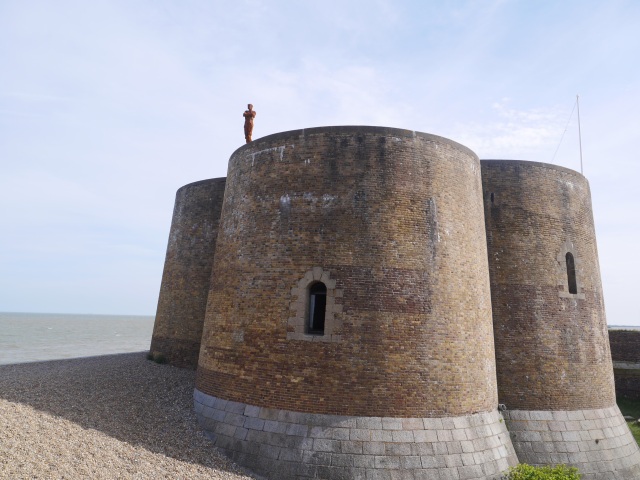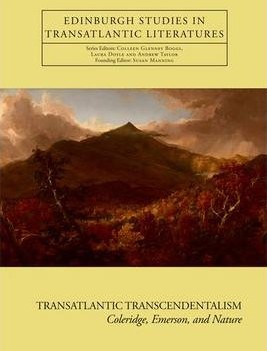Holding back the tide: stone and wooden sea defences at East Lane, Suffolk.
A friend visiting from California had been reading W. G. Sebald’s The Rings of Saturn, so we went for a day visiting places on the Suffolk coast. The sculpted nature of that stony, windswept, eroded land margin has never seemed clearer. Washed by the North Sea, the shape of the land is constantly changing. I’d visited Orfordness with some students last October to find that twelve feet of the shingle spit on which I was standing had been lost to the sea since I’d stood in not-quite-the-same-place a year before. A few miles to the north at Aldeburgh, sixteen streets have been lost to the sea since in 1805 George Crabbe published The Borough. Verse sociology of a fishing town, that long epistolary poem inspired Benjamin Britten’s opera Peter Grimes. Crabbe Street today stands hard against the stony beach where Grimes’s fate is played out. Slaughden Quay, home to the poor of The Borough, is empty except for the shingle, a yacht club, and a Martello Tower – about which I’ll say more in due course.
We began our day at Bawdsey, a curious place where radar was developed on the local Manor Estate and where families take children for bucket-and-spade days out on one of the few sandy beaches in the area.
You can’t just wander here where your mood takes you. A small boy asks his parents whether the jetty is protected by barbed wire. It isn’t, but the question is telling. Outward bound shades into out of bounds, in the least disturbing of a series of signs that we’d see.
My colleague wonders if I know the origins in the U.S. of barbed wire as a means of keeping people as well as animals out of – or inside – designated areas: patented in Ohio in 1867, it was designed for livestock farmers. We thought of Sebald’s meditation on the Holocaust, with people corralled like cattle and bodies piled like hauls of fish. Beyond the imagery of wire, his digression in The Rings of Saturn on long-lost herring markets makes a once-familiar east coast sight strange in disturbing ways. I remember the fish market from my own childhood.
The next signs on the radar – quite literally – elide invitation and prohibition. Did the AA exercise irony when hanging their notice, or does the satire arise out of accidental circumstances?
Green lanes lead past buildings that officially grant time travel permits to a World War II England on the edge of many things. I took my son to one such open day when he was a child, along with my parents who were East Anglian war children. Nostalgia for food rationing and for counting bombers returning home across the North Sea casts a shadow on ideas about happiness in the age we’re now living. In Britten’s Peter Grimes, sometimes staged using a Second World War setting, the fisherman-protagonist sings in his precariously out-of-line voice, “Look, the whole sea’s boiling.” My parents have often recalled what has become a local commonplace – talk of an anti-invasion weapon developed along the coast from here, named “Sea-on-Fire,” and imagined as the hybrid of an oil spillage and a large-scale maritime flame-thrower. Sea-on-Fire brings together a deliberately-caused environmental disaster and flame to produce a nasty weapon. Sebald’s The Rings of Saturn takes that rumor into printed, literary gothic, using documentation and echoing the hearsay: locals swear that charred bodies were washed ashore. East Anglia hosts thousands of World War II and Cold War tourists every year.
Is this landscape best understood through psychogeography, pastoral, gothic, sci-fi, or the photographic essay? Simply having to ask that question on such a journey points to the inherent slipperiness of genre. I stand where looking over one shoulder presents a view of a farm, fields, and hedgerows full of spring promise.
Turning, it’s possible that I already stand too close to something else. A sign on a derelict building warns of microwave radiation above the level of three metres. Barbed wire, rusty and broken, establishes a running conceit that compounds the atmosphere of desolation.
Suffolk Gothic meets B-movie Sci-fi? “Naturally this gave rise to all manner of speculation about an invisible web of death rays.” (W. G. Sebald, The Rings of Saturn, Transl. Michael Hulse).
We journeyed on to East Lane, where sea defences and a shingle beach separate an almost impossibly green, late-May farmland from the North Sea. A few fishermen and women brave the wind. As a teenager I spent nights fishing here with my father, brother, hurricane lamps and flasks of soup. Today, a couple of hundred yards from a ruined WW II building graffitoed “Adios, Radios,” a pair of swans nest, their footprints impressed in mud alongside those of coots. My companion and I talk about the wonder of 850,000- to 950,000-year-old human footprints found in mud last year northward along the coast at Happisburgh. Those imprints of people passing were quickly erased by the sea that briefly made them visible. Happisburgh, like the rest of the East Anglian coastal margins, faces rapid erosion.
Orfordness has received so much attention that I’m not going to say much about it here. (I’ve written elsewhere about the Ozymandian hubris attaching to our inscription of military might on that shingle spit alongside a more organically accreting natural history.) But my friend is keen to see the buildings that Sebald likened to pagodas, where the triggers and mechanisms of atomic bombs were tested. I point out a building where a further kind of surveillance, under the horizon radar, was developed. We don’t visit the site because birds are nesting in the fragile environment, and we’re glad that the National Trust wardens and staff are caring for plant and animal life. From the other end of the ness (not a true spit, because of the shingle causeway) the exclusion notice seems more benign and welcome. But the Cobra Mist building, radar masts and pagodas are just about visible in the distance.
I’m hoping by now that the the title of this post doesn’t need explanation. However, more conventional forms of sculpture at Snape and Aldeburgh can’t pass without comment. Large-scale installations by Barbara Hepworth, Henry Moore, Maggi Hambling and Anthony Gormley all draw attention to the synchronic relationship of human and non-human sculpting. Music and soundscapes add to the textures of our involvement with this enigmatic, waterland environment. Since 1976, the components “Ancestor 1,’ “Ancestor II,” and “Parent I” of Barbara Hepworth’s The Family of Man have stood adjacent to the reedbeds behind Snape Maltings concert hall, where the Aldeburgh Music Festival founded by Benjamin Britten and Peter Pears takes place each June. Other pieces from The Family of Man series are installed at the Yorkshire Sculpture Park, the U.K.’s nearest approximation to Storm King, the latter close to the Hudson River and not far from West Point Military Academy in upstate New York.
Barbara Hepworth’s The Family of Man: “Ancestors I” and “II,” and “Parent I” are more lastingly visible footprints in the East Anglian landscape than those of Happisburgh Man. How do we measure time against the unseen?
The strange proximities of military and artistic installations around Aldeburgh, the Yorkshire Sculpture Park, and Storm King ask for thought. I remember, from decades ago, the strangely beautiful ariel balletics of a decomissioned Avro Vulcan bomber practicing for airshows and think of Henry David Thoreau’s description of a Merlin in Walden:
It sported with proud reliance in the fields of air; mounting again and again with its strange chuckle, it repeated its free and beautiful fall, turning over and over like a kite, and then recovering from its lofty tumbling, as if it had never set its foot on terra firma. It appeared to have no companion in the universe, — sporting there alone, — and to need none but the morning and the ether with which it played. It was not lonely, but made all the earth lonely beneath it.
I’m writing this blogpost two days after the RAF announced that the last Vulcan, a quick-response, long-range, nuclear-capable bomber not deployed until the 1982 Falklands War, will no longer fly after 2015. The museum at Orfordness has a bomb that was once loaded onto such a plane. I’m told that Vulcans could be airborne with just two minutes notice, well within the four-minute warning that we used to be told would advise us of a nuclear attack from the USSR.
The Hepworth bronze modernist sculptures at Snape are invitingly tactile, as is Suffolk-born sculptor Maggi Hambling‘s steel Scallop on Aldeburgh beach, just north of the town. Dedicated to Benjamin Britten, Scallop has cut through its steel an inscription from Peter Grimes: “I hear those voices that will not be drowned.”
The context of those words bears reflecting upon, coming at point in the opera where the marginalised fisherman realises that his dreams of a normal family life will never be realised:
I’ve seen in stars the life that we might share:
Fruit in the garden, children by the shore,
A fair white doorstep, and a woman’s care.
But dreaming builds what dreaming can disown.
Dead fingers stretch themselves to tear it down.
I hear those voices that will not be drowned.
To the south of Aldeburgh, on top of a Martello Tower built between 1802 and 1812 to repel invasion from Napoleonic forces, stands an Iron Man. Windswept and defiant above the beach, looking northward toward Hambling’s Scallop, his expression changes according to the play over his features of light and shadow from Suffolk’s coastal skies. This could be the Angel of the East, not just echoing its creator Anthony Gormley’s better-known Angel of the North, but responding to Rainer Maria Rilke’s Duino Elegies, in which “Jeder Engel ist schrecklich,” – “Every angel is terrible” (see original German and an English Translation by A. S. Kline, with photographs).
Aldeburgh’s 2015 Anthony Gormley sculpture is one of five figures that comprise the installation Land. The other four figures are in Argyll and Bute, Devon, Warwickshire and Dorset. Each was commissioned to be a response to the landscape in which it is located. In his essay for the Landmark Trust, Gormley explains that he was motivated by places like this, “where the vertical nature of the sculpture can act against the relatively constant horizon of the sea.” My colleague and I decide that the sculpture’s rusted iron body establishes a nice visual rhyme with the barbed wire we saw earlier on our journey. Likewise, a look back at upturned fishing boats on Bawdsey beach adds a visual gloss to Maggi Hambling’s iron shell, in which one of the three parts resembles an overturned boat almost as much as it does a scallop. Peter Grimes lives in an upside-down fishing boat, on the edge of a crumbling cliff.
Boats on Bawdsey beach.
Scallop, seen from a different angle.
The last location on our day journey was Dunwich Heath, where erosion of the cliffs by wind and sea can be seen taking place around you and to the north, while the reactors of Sizewell Nuclear Power Station stand on the near horizon beyond the RSPB’s Minsmere Bird Reserve to the south. By this point clouds had filled the sky, casting a gloomy semi-mist on the beach as we looked into the distance. We thought about the fog that rolls in along this coast and that features in Peter Grimes. As with Orfordness, since Sebald gave his account a lot has been written about the medieval city-port of Dunwich that was lost to the waves. Local rumour has it that in stormy weather it’s still possible to hear the bells of churches ringing in their submerged steeples. Preceding Sebald, H. P. Lovecraft translated the place and its mood to Massachusetts in his 1929 short story The Dunwich Horror. Another genre is added to my earlier list. The semi-mist starts to thicken and it feels almost as if we’re standing in the landscape of a solar eclipse. Eclipses were once thought to be harbingers of apocalypse, and here we were on the beach of a coast where nature almost met armageddon.
I’d like to have continued to Covehithe, where the land has been abandoned to reclamation by the sea in the interest of protecting places with denser human populations or with power plants.
Minsmere from Dunwich, with gorse in flower and Sizewell in the distance.
Minsmere Reserve “scrape.”
This post might have been titled “Signs of the Times” or “Suffolk Pastoral,” each of which would have provided intertextual references to well-known literature (Thomas Carlyle’s essay and Philip Roth’s novel). I chose “Sculptured Coast” because of the synchronic relationship between the changes brought about by humans and by nature, linked together and made more accessible to thought through works of art. What does that tell us about the need for science and the humanities to move forward together? Returning home, the conversation turned from East Anglia to the American West and the kind of animal encounters while out walking that you’ll not experience in Suffolk. Should you follow instructions and face up to a seven-foot-long cougar by making yourself look large? My colleague recalled a friend who simply ran. Does bear spray work? Aren’t disaffected people more dangerous than either mountain lions or bears? We typically think of danger in terms of the non-human or the dehumanised. That is not to say that animate dangers don’t exist. But as a last thought in this piece, I’ll stay with the threat and allure of the sea. The 1953 East Anglian floods took lives and devastated farmland. The experiments at Orfordness could have destroyed the world as we know it. We were uneasy about the microwave radiation referred to on the dilapidated sign next to much more recent “Warning,” “Dangerous Site,” and “Keep Out” notices. All of the time, the sea was pounding piled rocks, washing against the wooden groynes, grinding the shingle. The beach fishers at East Lane sat on the stones, their synthetic lines connecting them to an element that predates and is likely long to survive us.































Very much enjoyed this rich, thought provoking journey. Different dimensions of sculptural activity, the outward bound becoming out-of-bounds and the strange juxtaposition of pastoral landscape and ‘out-of-place’ B-Movie Sci-Fi.
LikeLike
Thanks for these kind words. Very much appreciated. I felt compelled to write this post. The Suffolk coast around that area is quite weird. I should have included more – something about the Rendlesham UFO siting, for example.
LikeLike
Enjoyed this post very much, Susan. I know the area quite well and have posted about it a few times myself eg: https://eastofelveden.wordpress.com/2012/06/20/orford-ness/. It is such a strange and evocative coastline that I think it is impossible to cover it all in just one piece. As you suggest, the Rendlesham UFO incident is another important site in this weird coastal geography.
LikeLike
Thanks, Laurence. I very much like your post about Orfordness, too. You’ve got some excellent photos. We take students there as one of our autumn MA Wild Writing field trips. They read Robert Macfarlane and W. G. Sebald. I cover the 18th and19th century things that I mention on my Georgians and Romantics course. Every time I’m on that coast I find something different. I love it. Are you based in Elvedon? There’s interesting country around there, too.
Best wishes, Susan
LikeLike